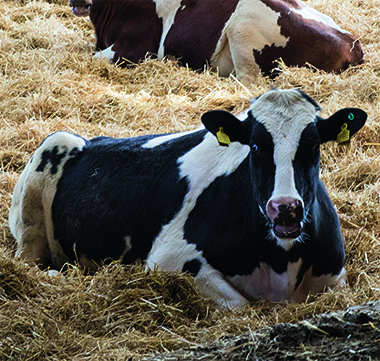Relationship between transition diseases and vitamins and minerals in the dry period
Many transition diseases in dairy cattle occur at the start of the new lactation; minerals and vitamins play an important role in this. At the end of the lactation, the concentrate dose is reduced, so that the supply of minerals and vitamins also decreases.
Due to the rapidly growing fetus, the demand for building materials increases. As a result, a cow often enters the dry period with fewer (too few) vitamins and minerals. A good dry period ration is important. It is generally known that in the dry period a low calcium level and sufficient magnesium are desirable; but what about other vitamins and minerals?
Vitamins and minerals of great importance!
Supplementing the dry period ration with specific trace elements and vitamins will show a decrease in transition diseases as described in table 1. The Animal Health Service also reports that shortages of trace elements and vitamins such as selenium, copper and vitamin E cause problems. Deficiencies in selenium and vitamin E can cause several problems around calving, such as sticking to the afterbirth and mastitis immediately after calving. Insufficient building materials may also play a role in the birth of limp or stillborn calves.





